When it comes to transporting heavy and oversized loads, low loaders, also known as lowboy trailers, are indispensable tools in the logistics and transportation industry. At CarMax Trailer, we understand the critical importance of knowing and adhering to low loader weight limits to ensure safe and efficient operations. This guide delves deep into the intricacies of low loader weight limits, providing you with the knowledge needed to make informed decisions for your transportation needs.
Table of Contents
- What Are Low Loaders?
- Understanding Weight Limits
- Factors Affecting Low Loader Weight Limits
- 3.1 Vehicle Specifications
- 3.2 Trailer Design and Construction
- 3.3 Load Distribution
- Calculating Low Loader Weight Limits
- 4.1 Gross Vehicle Weight Rating (GVWR)
- 4.2 Axle Weight Ratings
- 4.3 Total Trailer Weight
- Regulatory Considerations
- 5.1 National and Local Regulations
- 5.2 Permits and Compliance
- Benefits of Adhering to Weight Limits
- Safety Considerations
- Choosing the Right Low Loader
- Maintenance Tips for Optimal Performance
- Frequently Asked Questions
What Are Low Loaders?
Low loaders are specialized trailers designed to transport heavy and oversized equipment that standard trailers cannot accommodate. Their low deck height allows for the transportation of tall machinery with minimal height clearance issues, making them ideal for industries such as construction, agriculture, and energy. At CarMax Trailer, our low loaders are engineered to provide maximum stability and weight distribution, ensuring your valuable equipment arrives safely at its destination.

Understanding Weight Limits
Weight limits are critical parameters that define the maximum weight a low loader can safely carry. These limits are influenced by various factors, including the trailer’s design, materials used, and the configuration of axles. Exceeding these limits can lead to severe consequences, such as increased wear and tear, diminished handling capabilities, and heightened risk of accidents.
Key Terms:
- Gross Vehicle Weight Rating (GVWR): The maximum safe operating weight of the trailer when fully loaded.
- Axle Weight Rating: The maximum weight each axle can support.
- Payload Capacity: The maximum weight of the cargo the trailer can carry.
Factors Affecting Low Loader Weight Limits
Several elements determine the weight limits of a low loader. Understanding these factors is essential for optimizing performance and ensuring safety.

3.1 Vehicle Specifications
The inherent design and structural integrity of the low loader play a pivotal role in determining its weight capacity. High-quality materials and robust construction methods enhance the trailer’s ability to handle heavier loads without compromising stability or durability.
3.2 Trailer Design and Construction
The design aspects, such as the number of axles, type of suspension, and overall frame strength, significantly impact weight limits. For instance, multi-axle trailers can distribute weight more evenly, allowing for higher payloads compared to single-axle models.
3.3 Load Distribution
Proper distribution of weight across the trailer is crucial. Uneven loading can lead to excessive strain on specific axles, causing imbalance and increasing the risk of mechanical failures. Ensuring even weight distribution helps maintain the trailer’s balance and enhances its load-carrying capacity.
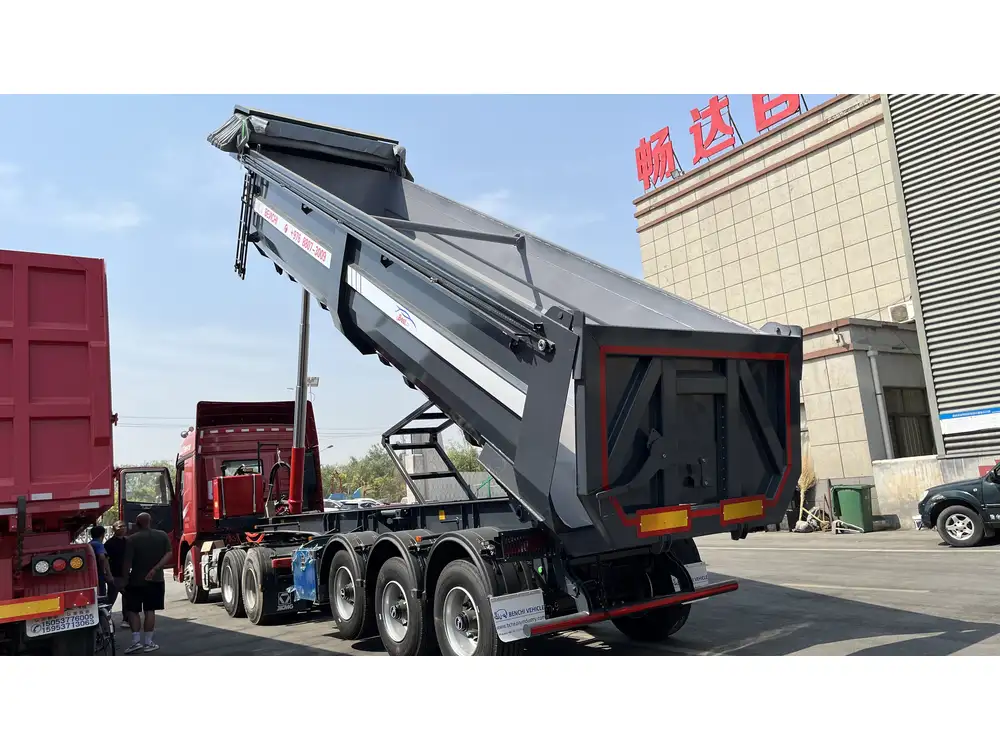
Calculating Low Loader Weight Limits
Accurate calculation of weight limits is essential for compliance and safety. Below are the primary considerations for determining the weight capacity of a low loader.
4.1 Gross Vehicle Weight Rating (GVWR)
GVWR represents the total permissible weight of the trailer, including the payload. It encompasses the weight of the trailer itself (unladen weight) plus the maximum cargo it can safely carry. To calculate the GVWR:
[ \text{GVWR} = \text{Unladen Weight} + \text{Payload Capacity} ]4.2 Axle Weight Ratings
Each axle has a specific weight rating that should not be exceeded. To determine the total axle weight capacity:
[ \text{Total Axle Capacity} = \sum (\text{Axle Weight Rating}) ]Ensure that the combined weight of the trailer and payload does not surpass this total.
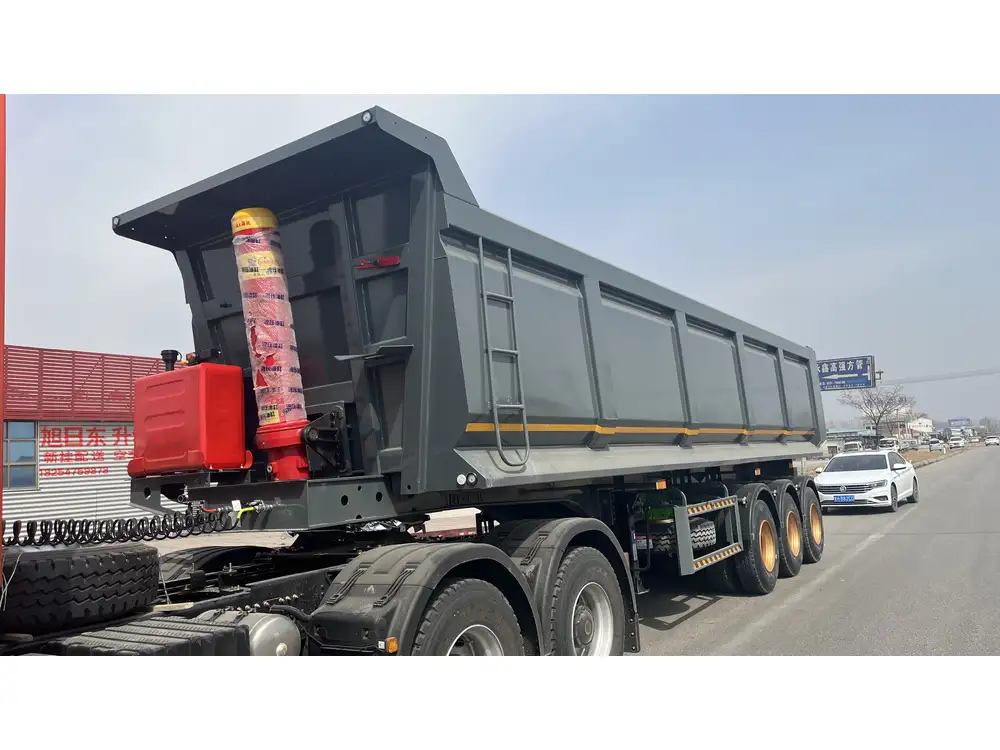
4.3 Total Trailer Weight
The total trailer weight is the sum of the unladen weight and the payload. It’s crucial to ensure that this total does not exceed the GVWR and that the payload is distributed within the axle weight ratings.
Regulatory Considerations
Compliance with national and local regulations is non-negotiable when operating low loaders. Understanding these legal requirements helps avoid fines, penalties, and potential safety hazards.
5.1 National and Local Regulations
Different regions may have varying regulations concerning trailer weight limits. Factors such as road types, bridge loads, and local ordinances can influence permissible weights. Staying informed about these regulations ensures legal compliance during transportation.
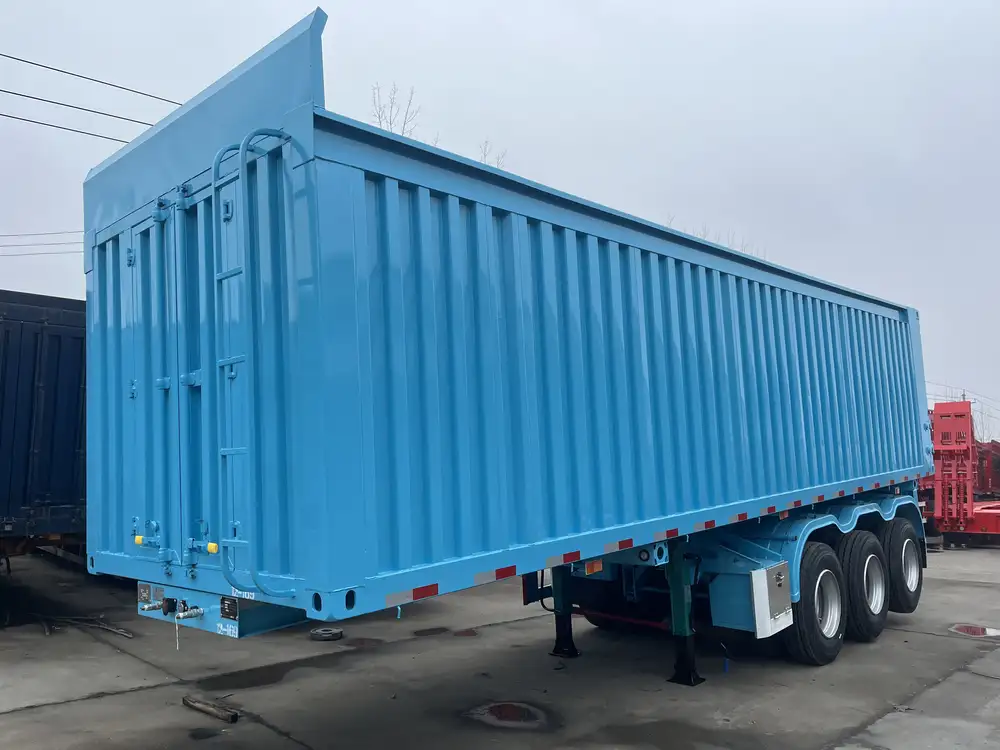
5.2 Permits and Compliance
For transporting loads that exceed standard weight limits, obtaining special permits may be necessary. These permits often come with specific conditions, such as designated routes and time restrictions, to mitigate the impact on infrastructure and traffic.
Benefits of Adhering to Weight Limits
Maintaining weight within prescribed limits offers numerous advantages:
- Enhanced Safety: Prevents accidents caused by trailer instability or mechanical failures.
- Reduced Wear and Tear: Minimizes stress on trailer components, extending their lifespan.
- Fuel Efficiency: Optimizes fuel consumption by avoiding excess weight.
- Legal Compliance: Avoids fines and legal issues related to overweight transportation.
Safety Considerations
Safety cannot be overstated when dealing with heavy loads. Implementing best practices ensures not only the protection of valuable equipment but also the well-being of operators and the general public.
- Regular Inspections: Conduct routine checks of trailer components, including brakes, tires, and hitch systems.
- Proper Securing of Loads: Use appropriate tie-downs and restraints to prevent cargo from shifting during transit.
- Driver Training: Ensure that operators are well-trained in handling heavy loads and understand the dynamics of low loader operation.

Choosing the Right Low Loader
Selecting the appropriate low loader is a critical decision that impacts operational efficiency and safety. Consider the following factors when making your choice:
- Payload Capacity: Ensure the trailer can handle the maximum expected load.
- Number of Axles: More axles can distribute weight more evenly, allowing for higher payloads.
- Suspension Type: Hydraulic or leaf spring suspensions can affect load stability and ride quality.
- Frame Material: High-strength materials like steel enhance durability and weight-carrying capacity.
At CarMax Trailer, our range of low loaders is designed to meet diverse transportation needs, combining robust construction with innovative features to deliver unparalleled performance.
Maintenance Tips for Optimal Performance
Regular maintenance is essential to uphold the integrity and functionality of your low loader. Implementing a comprehensive maintenance schedule can prevent unexpected downtimes and extend the trailer’s lifespan.
- Tire Care: Regularly check tire pressure and tread condition to ensure safe handling and prevent blowouts.
- Brake Systems: Inspect and maintain brake components to guarantee reliable stopping power.
- Hitch Mechanisms: Ensure that hitch systems are secure and free from corrosion or damage.
- Lubrication: Keep moving parts well-lubricated to reduce friction and wear.
Frequently Asked Questions
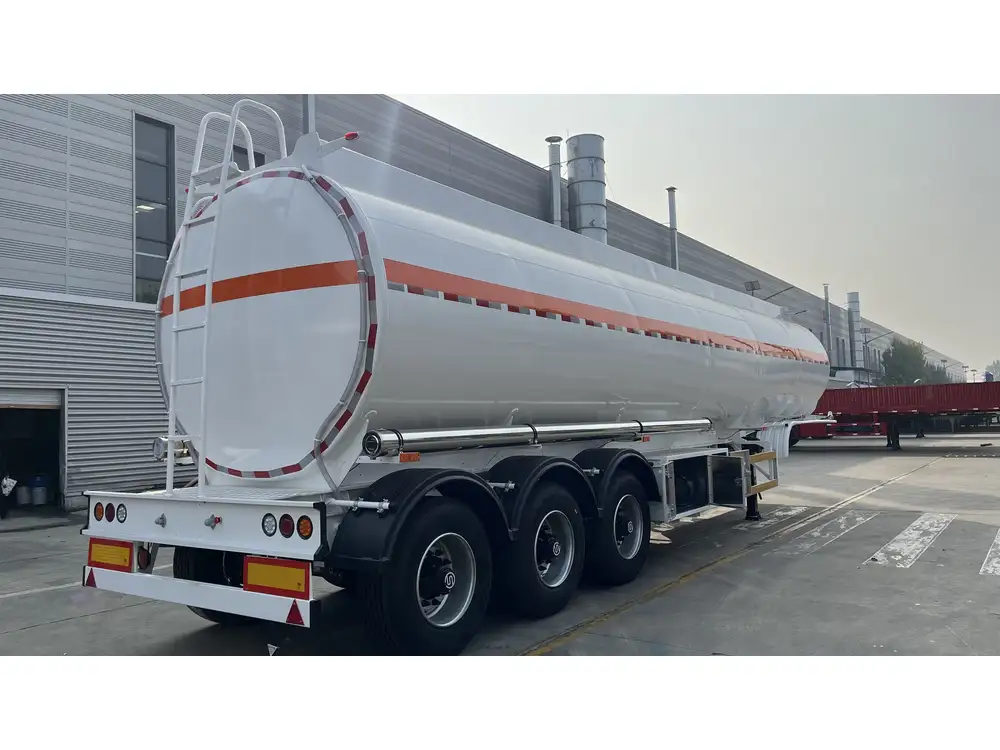
1. What is the typical weight capacity of a low loader trailer?
Low loader trailers typically range from 40,000 to 80,000 pounds in total weight capacity, depending on the number of axles and specific design features. At CarMax Trailer, our models are tailored to accommodate various payload requirements, ensuring flexibility and reliability for your transportation needs.
2. How can I ensure my load is evenly distributed on a low loader?
To achieve even weight distribution, place the heaviest items near the trailer’s center and ensure that weight is balanced equally on both sides. Utilizing load distribution charts and practicing proper loading techniques can significantly enhance stability and safety.
3. What are the consequences of exceeding low loader weight limits?
Exceeding weight limits can lead to trailer structural failures, increased braking distances, tire blowouts, and legal penalties. It also poses significant safety risks to operators and other road users. Adhering to weight limits is crucial for maintaining operational integrity and preventing accidents.
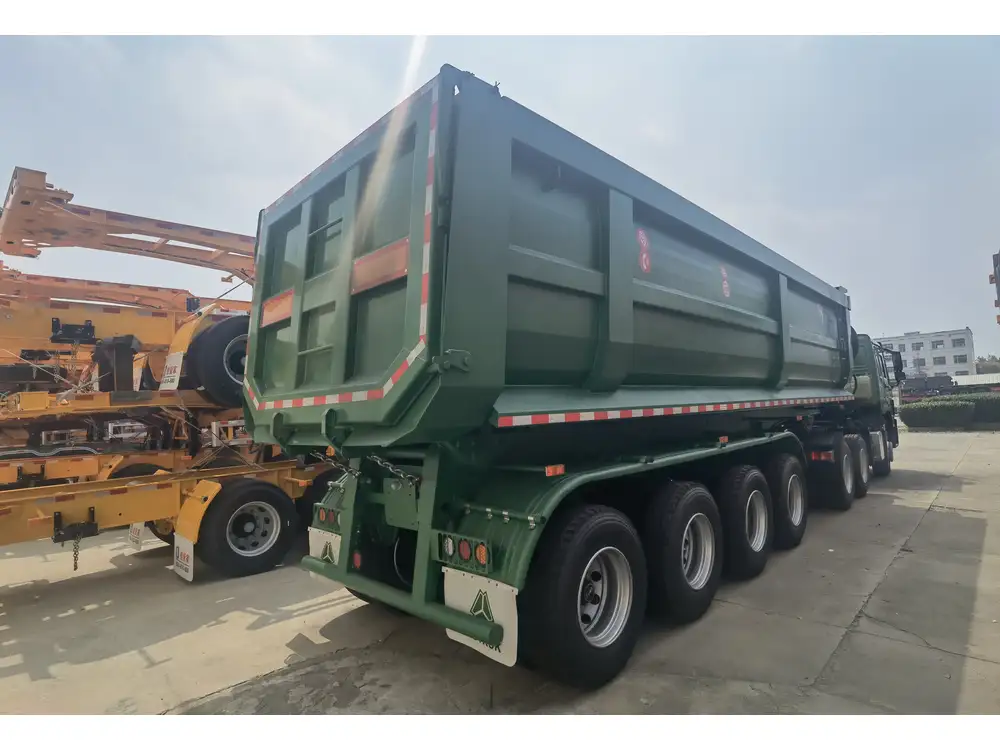
4. Are there specific maintenance practices for low loaders carrying oversized loads?
Yes, oversized loads exert additional stress on trailer components. Regularly inspect structural elements, reinforce securing mechanisms, and monitor tire conditions more frequently. Ensuring that suspension and braking systems are in optimal condition is also vital for handling oversized loads safely.
5. Can low loaders be customized for specific load requirements?
Absolutely. At CarMax Trailer, we offer customizable low loader solutions to meet unique transportation needs. Customizations may include altering the number of axles, adjusting frame height, or integrating specialized tie-down systems to accommodate specific load types and weights.
At CarMax Trailer, we are committed to providing top-tier low loader solutions that prioritize safety, efficiency, and durability. Understanding and adhering to low loader weight limits is foundational to successful transportation operations. Whether you’re transporting construction machinery, agricultural equipment, or other heavy-duty loads, our expertise ensures that your low loader performs optimally, safeguarding your valuable assets and enhancing your logistical capabilities.



